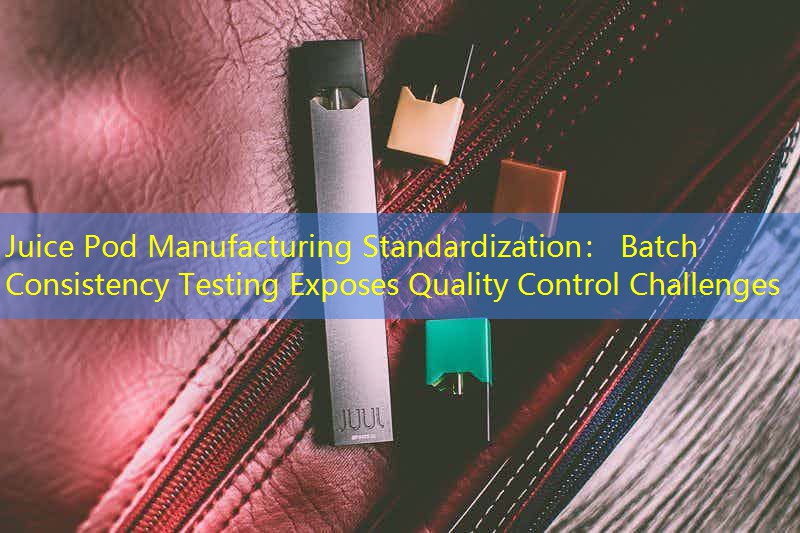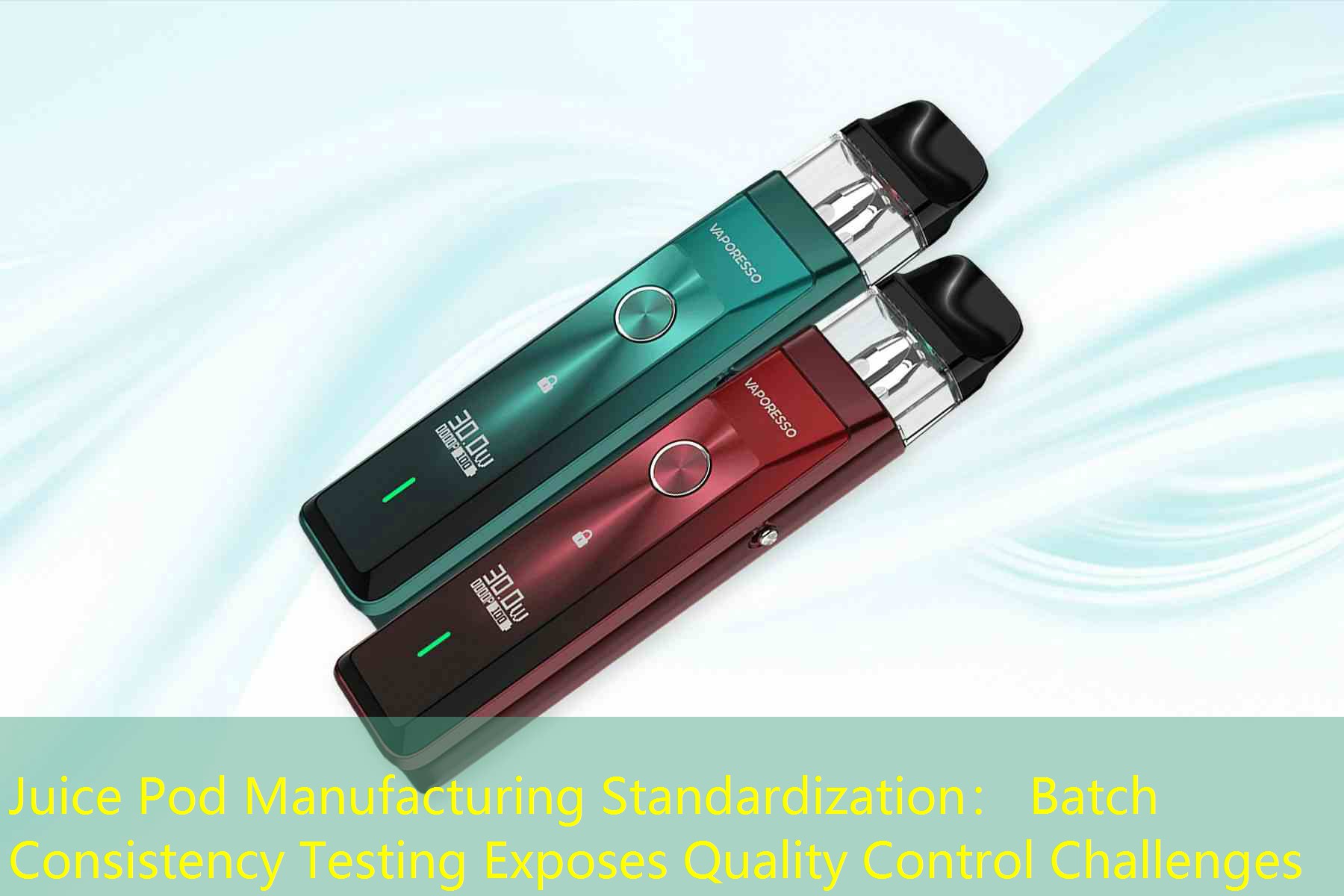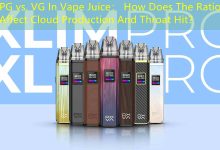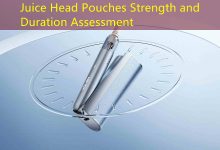Introduction to Juice Pod Manufacturing Standardization
In the rapidly evolving landscape of vaping products, Die Herstellung von Saftpads ist sowohl für Hersteller als auch für Verbraucher zu einem Schwerpunkt geworden. Die Standardisierung dieses Herstellungsprozesses ist unerlässlich, um Qualität und Konsistenz in der großen Geschmacksvielfalt sicherzustellen, Nikotinspiegel, und allgemeine Produktwirksamkeit. Jüngste Entwicklungen bei der Chargenkonsistenzprüfung haben verschiedene Herausforderungen bei der Qualitätskontrolle deutlich gemacht, Dies veranlasst die Hersteller, nach Lösungen zu suchen, die diese Probleme lösen und gleichzeitig einen vielfältigen Kundenstamm bedienen können.
Produktübersicht und Spezifikationen
Juice pods, Wird häufig in Pod-Systemen und Vape-Pens verwendet, enthalten typischerweise eine vorher abgemessene Menge E-Liquid, das durch einen Verdampfer inhaliert wird. They are designed for user convenience and are available in a myriad of flavors, concentrations of nicotine, and formulations, including nicotine salts.

The specifications of juice pods can vary considerably. Standard dimensions often hinge on the device compatibility; however, most juice pods fall within a range of 1.5ml to 3ml in volume. The key specifications also revolve around the materials used, with many pods being constructed from food-grade plastics to prevent leaching or contamination of the e-liquid.
Advantages of Standardization in Juice Pod Manufacturing
The standardization of juice pod manufacturing brings with it numerous advantages. Erstens, it enhances consumer safety by ensuring that all products undergo rigorous testing and quality control measures. This includes batch consistency testing, which helps to identify variations in product quality and consistency. Zweitens, standardization can lead to improved production efficiency, reducing waste and lowering costs for manufacturers, which can ultimately translate to lower prices for consumers.
Darüber hinaus, a standardized manufacturing process fosters brand trust and loyalty among consumers. When users are confident in the quality and consistency of their preferred juice pods, they are more likely to remain loyal to a brand, enhancing customer retention and driving sales.
Disadvantages of Current Quality Control Practices
Despite the evident advantages, the quest for standardization brings forth notable challenges. One primary disadvantage is the inherent complexity in establishing universal standards that accommodate the wide variety of flavors and ingredients currently available in the market. Zusätzlich, stringent regulations may increase production costs, which could negatively impact smaller manufacturers who struggle to keep up with the financial burden of compliance.
Außerdem, inconsistent batch testing practices can lead to variability in product quality. If a batch fails quality control assessments, it can result in significant financial losses and potential reputational damage to brands. Consequently, manufacturers must invest significantly in both technology and training to ensure their quality control practices are both effective and efficient.
Zielbenutzeranalyse
The target user demographic for juice pods is vast yet distinct, encompassing a variety of user profiles. In erster Linie, the age group between 18-35 years is prominent, often including both new and seasoned vapers who are looking for convenient and flavorful options. Many consumers fall within the lifestyle category, where vaping is perceived as a social activity or personal choice rather than a direct alternative to smoking traditional tobacco products.

Health-conscious individuals also form a part of the target audience, showing an inclination towards nicotine salt pods and low-nicotine options. Außerdem, there is a growing trend among users seeking high-quality ingredients, leading them to prefer brands that emphasize their commitment to quality control and manufacturing standards.
In addition to demographics, the preferences of users reflect a desire for variety and customization. As vaping culture continues to evolve, so does the expectation for innovative products that cater to individual tastes, requiring manufacturers to adapt quickly to stay competitive in the market.
Abschluss
Abschließend, the standardization of juice pod manufacturing is pivotal in addressing quality control challenges. While there are numerous advantages, manufacturers must navigate the complexities of creating universally applicable standards that unify the diverse preferences of target consumers. Da die E-Zigaretten-Industrie weiter wächst, successful brands will prioritize quality, adaptability, and consumer trust, setting a benchmark for excellence in product manufacturing and safety. With ongoing research and implementation of robust quality control measures, the future looks promising for the juice pod segment of the vaping market.







